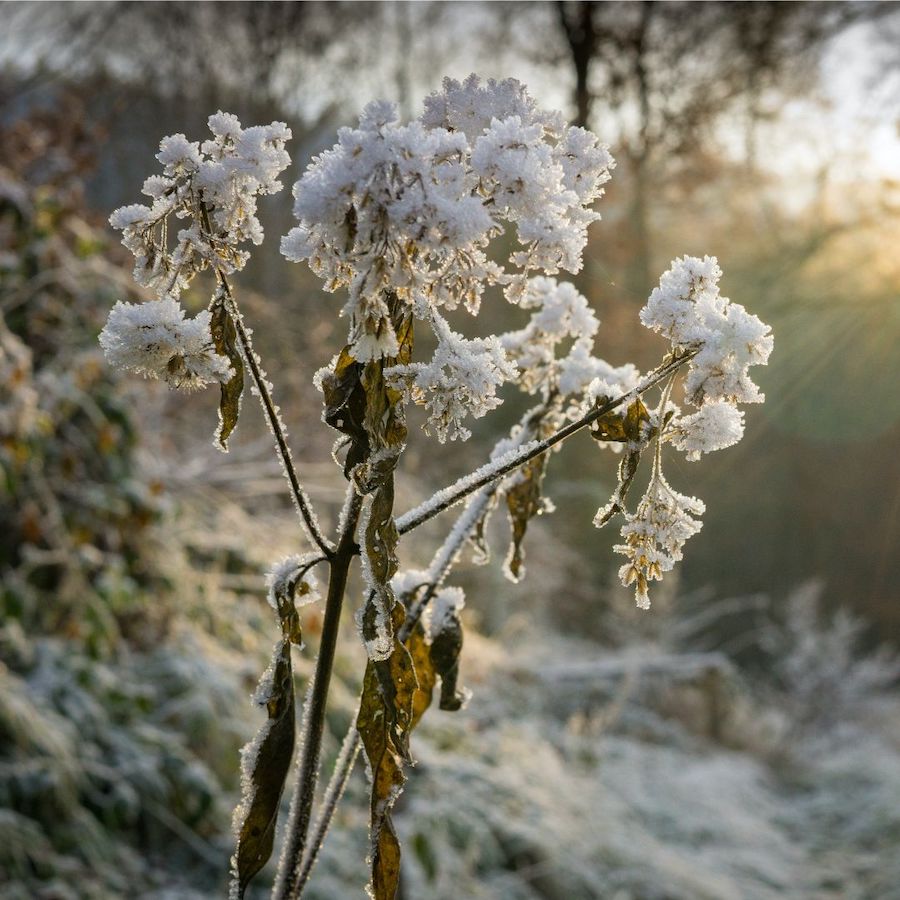How to Winterize Perennial Plants for Prosperous Spring
Save Plants in Winter & Keep Them From Freezing
Before we know it, the fall season will pass us by and usher us into winter, but do we know how to winterize plants? Before the first cold snap comes, there are a few ways we can prepare our plants for the season.
How do you Winterize Plants for the Winter?
1. Know Your Hardiness Zone
Know your Hardiness Zone, and what your plants can tolerate. Your winterizing strategy depends on what plants you want to protect and what temperatures they can withstand. If you live in a cold zone in the North, you’ll have to be more diligent in your winterizing. Some tender plants require potting and shelter, while others can get by with some insulation.
2. Do a good cleanup
Pull weeds, as they can harbor plant pests and diseases, plus they exploit valuable nutrients that your wintering plants need. While you’re there, remove annual flowering plants and spent herb plants. The growing cycle for these is over, so they are just taking up valuable real estate at this point.
3. Insulate
If a frost is coming, wrap sensitive plants with burlap or commercial frost blankets. Just make sure to remove the insulation once the threat of frost has passed, so your plants get the sun they need.
4. Apply mulch
When nighttime temperatures drop to around freezing, apply a 2-to-4-inch layer of mulch to protect the roots. Once the low temperatures are consistently over freezing, or you notice new growth, remove the excess mulch. Keeping the roots covered may suffocate it or trap moisture and promote root rot.
5. House Potted Plants
Check the light requirements for these plants to make sure you find an ideal spot in the house. If you’re in a location that doesn’t get much sun during the winter months, there are affordable grow lights available.
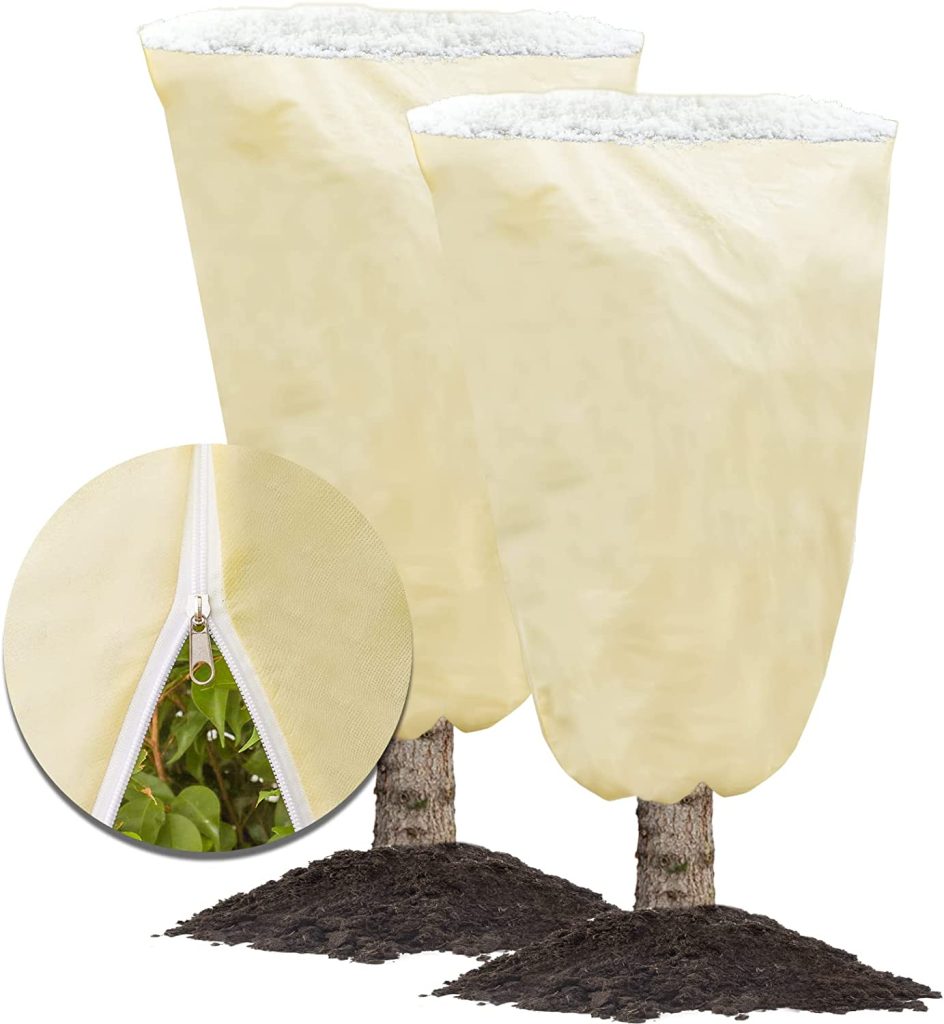
Special Considerations
After carefully nurturing our beautiful flowering plants, it can be painful to watch them succumb to the harsh winter temperatures. Fortunately, there are precautions we can take that have proven to bring these plants through the winter.

How to Winterize Roses
- Don’t prune the bush, since the cuts may not have enough time to heal over before freezing weather sets in.
- Pull off any leaves still on the plant, as they harbor pests and diseases.
- When consistently freezing temperatures arrive, apply an 8-to-10-inch mound of mulch at the base of the rose plant.
- Loosely tie longer canes or climbing roses together with twine
- Cover entire plant with burlap or rose cone.
How to Winterize Butterfly Bushes
- Give the bush a thorough pruning
- Apply a 3-to-4-inch layer of mulch all around the roots for insulation
- That’s it!

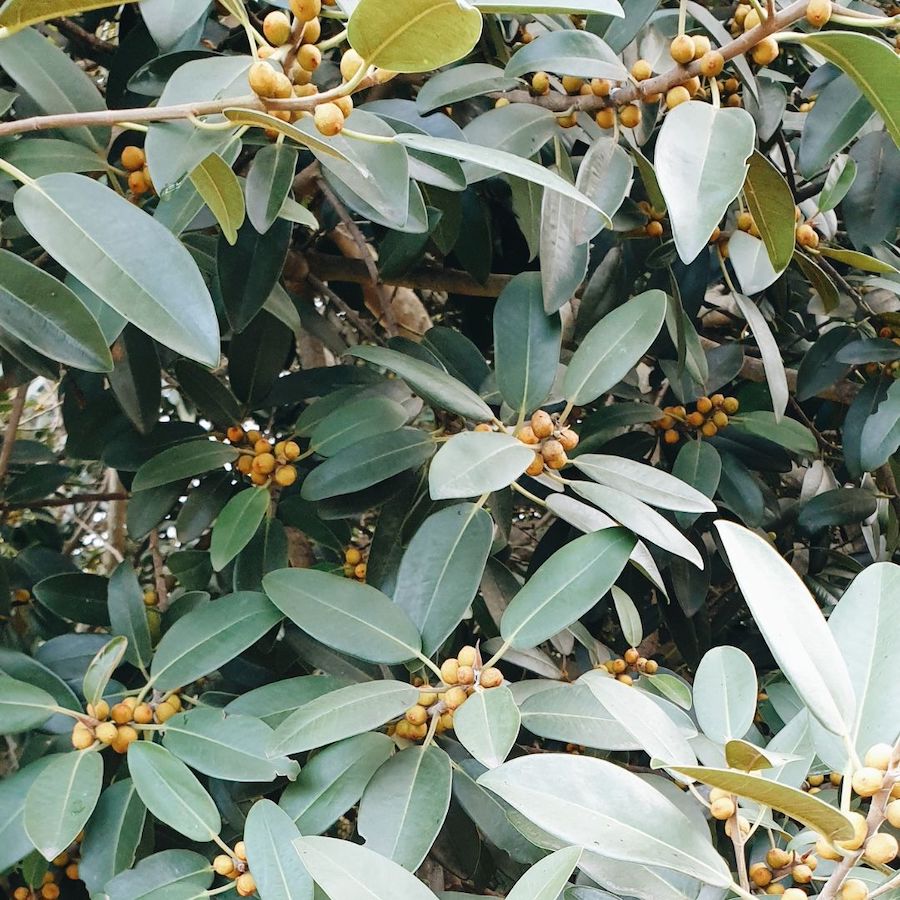
How to Winterize a Fig Tree
After your first hard frost, remove all leaves and figs. Apply a 6-to-12-inch layer of mulch to the base of the tree. Prune the branches to a manageable length, and tie them with a synthetic material, like bungee. Wrap burlap or another breathable cover around the tree, leaving an opening on top and space inside to fill with leaves. Fill with dry leaves, making sure to leave room for air to circulate. Loosely tarp to keep moisture out.
How to Winterize Elephant Ears
Elephant ears can’t survive a winter outside in zones 1-6, so it’s best to pot these. If you live in zones 7-11, simply cover the plants with leaves or grass after the plant has died from frost. The covering will insulate the bulbs for spring rebound. Make sure to remove the covering after the last frost.
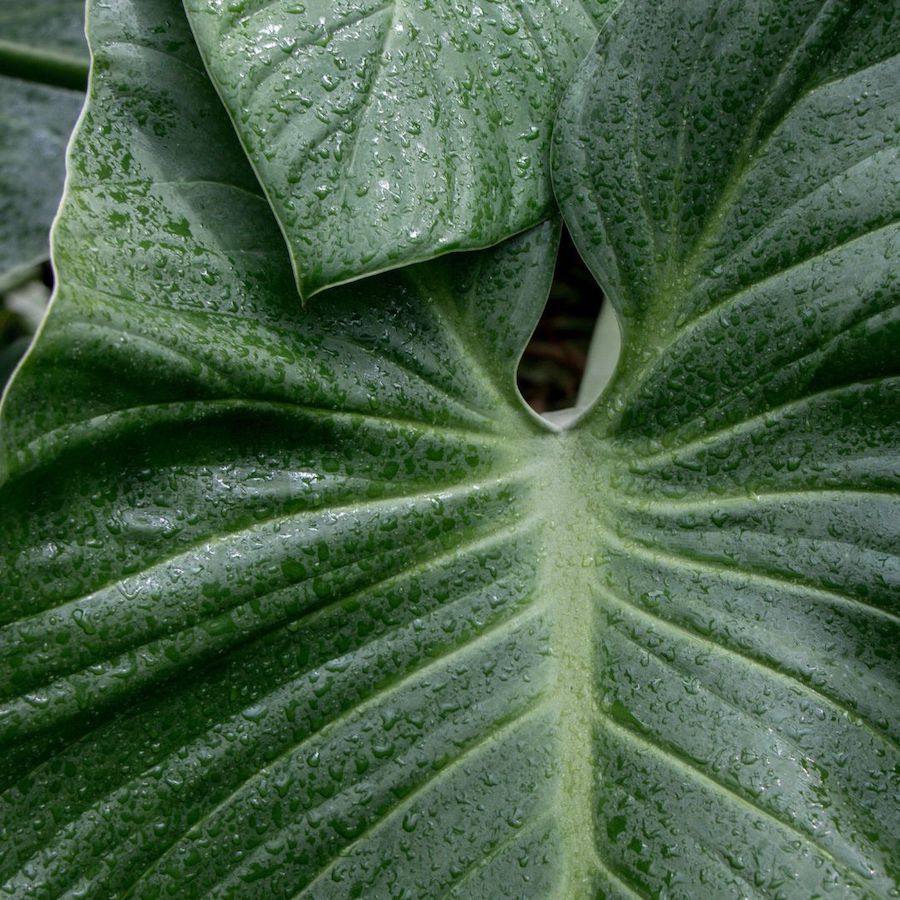
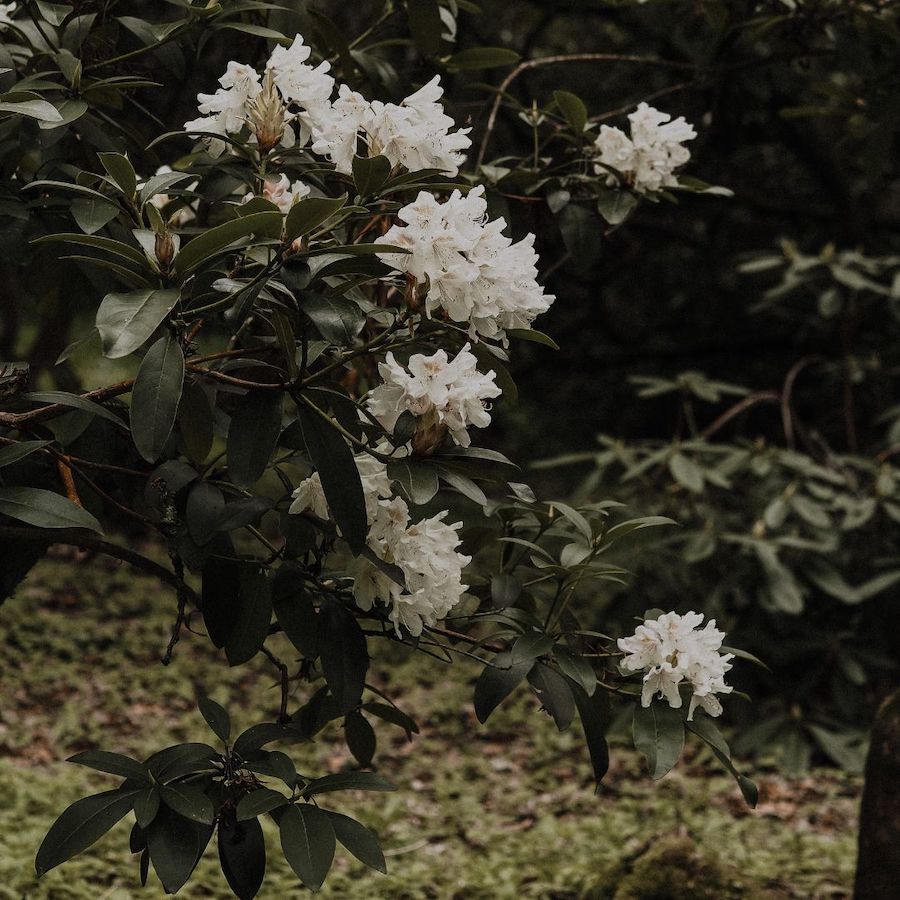
How to Winterize Rhododendron
- Make sure your rhododendron is well-watered going into the dormancy period. If you have a particularly dry fall, keep a regular watering schedule until it’s time to winterize
- If your plant is young, or you live in a colder zone, it is best to cover it with burlap. Larger plants are typically hardier, since they have already gone through winters
- Apply a 3-inch layer of mulch around the base to keep the roots insulated
How to Winterize Hibiscus
- Tropical hibiscus does not tolerate cold climates at all. It is best to pot these and bring them indoors for the winter
- If you have hardy hibiscus, prune the plant down to 1 ft in height when you get your first frost. Before the cold temperatures arrive, water the plant well and apply a mound of mulch over the entire plant
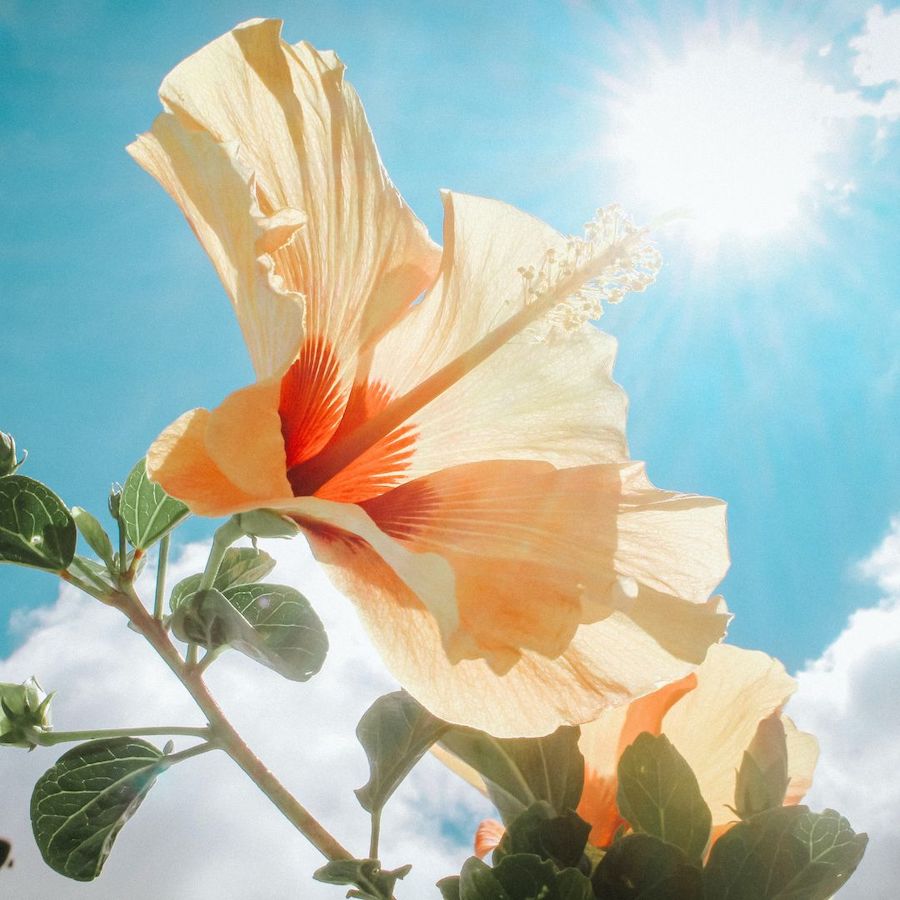

How to Winterize Geraniums
- Before your first forecasted frost, cut your geraniums back by half and pot them. Don’t worry about watering them since we want to keep them in a dormant state
- Cover each plant with a brown paper bag
- Store the plants in a garage or basement. Occasionally, check that stalks and leaves are not dry or shriveling. It’s fine to spray them or lightly water the roots, but make sure the plant is completely dry before covering again
How to Winterize Gardenias
- In late summer, stop fertilizing your gardenias and cut back on watering to twice a week. This will help the gardenias enter their dormant period. Once the first frost comes, cut back watering even further to twice a month
- Towards late fall, prune the gardenia bushes to half its size. This is a good time to mulch the plants. Add a 2-to-3-inch layer of mulch at the base of the bush, avoiding the main stem
- When the temperatures drop below freezing, cover the bushes with burlap. Take care not to break any branches. Once the last frost has passed, remove the burlap, and resume your watering and fertilizing schedule


